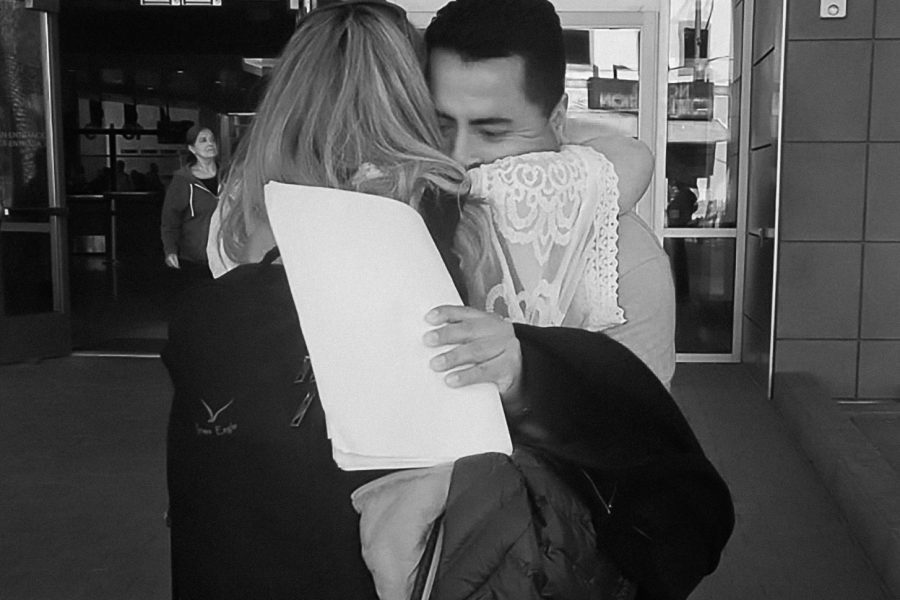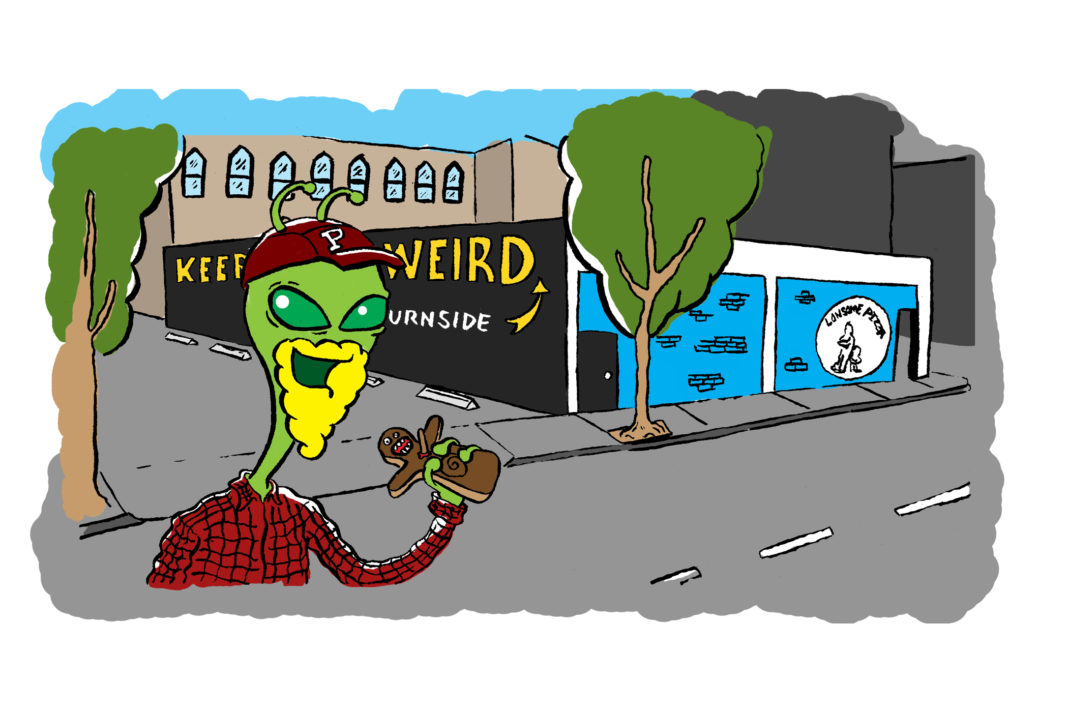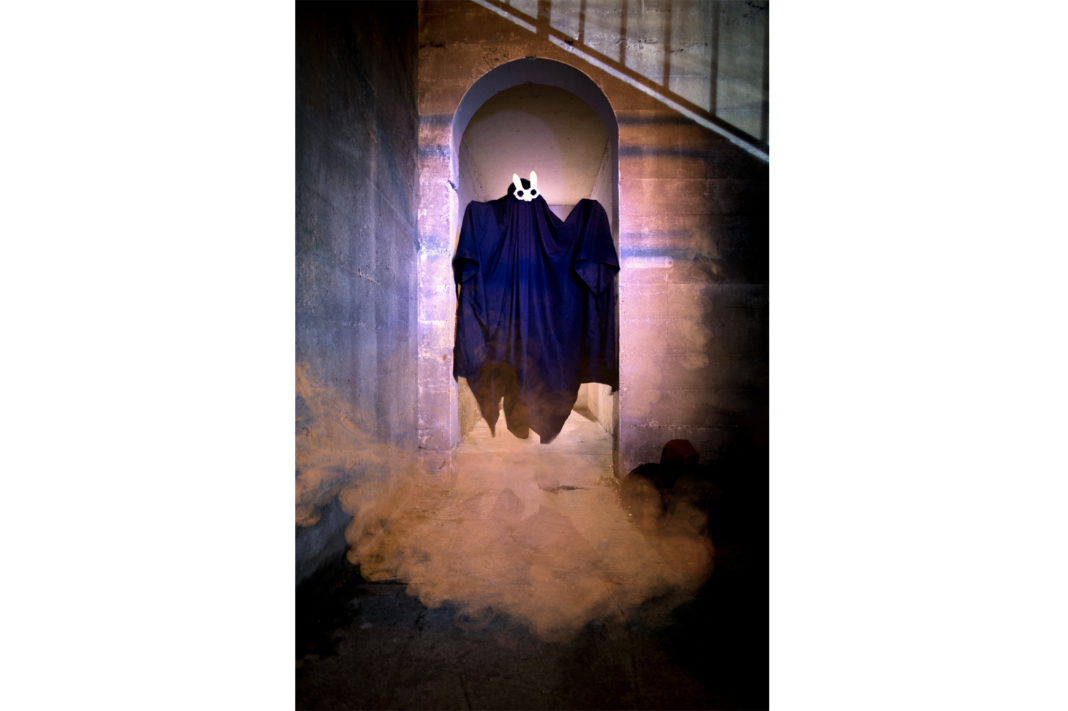From its origins as an ancient Celtic festival to centuries of Christian influence and adaptation, to the first ever Halloween party in Minnesota, the modern idea of Halloween has brewed for millennia in a colander of culture, religion and folklore to become the holiday we know today.
The earliest ideas of Halloween originated from a pre-Christian, Pagan religious festival known as Samhain, a three-night celebration of the end of harvest and the beginning of a dark, cold winter, largely associated with human death.
The Celts, who lived 2,000 years ago in the area that is now Ireland, the United Kingdom and northern France, deemed Samhain as the most significant of the four quarterly fire festivals, placing it between the fall equinox and the winter solstice.
During Samhain, the Celts believed that the barriers between the physical world and the spirit world would break down, allowing the ghosts of the dead to return to earth in a period of temporary interaction with a realm of deities known as the Celtic Underworld.
On the sacred night on October 31, priests would build huge bonfires where people gathered to burn crops and animals as sacrifices to Celtic gods. During Samhain, the Celts dressed as symbolic monsters from ancient folklore, typically made from animal skins, so that the ghosts would mistake them for fellow spirits. The Celts would also leave bowls of food as offerings outside their village or home to appease the ghosts and deter them from entering.
As Christianity gained a foothold in Pagan communities, church leaders attempted to reframe Samhain as a Christian celebration in cohesion with the pre-existing Christian holy days of All Saints’ Day on November 1 and All Souls’ Day on November 2.
In 835 A.D., at the behest of Pope Gregory IV, October 31 was designated as All Hallows Eve, and eventually, Halloween. By the 9th century, Christianity had spread deeper into Celtic lands and continued to gradually blend with Celtic tradition.
As Halloween progressed into a holy day of obligation across Europe during the 12th century, it began to give way to original variations of traditions still practiced today.
For example, the Irish began to carve turnips and beets in an attempt to recreate the lantern of an Irish folklore figure known as Jack of the Lantern, punished to eternal night after playing tricks on the devil.
As the Irish and Scots immigrated to America, they found that pumpkins, native to America, make perfect fruits for carving. This gave way to the tradition of the modern-day jack-o’-lantern.
Arguably the most iconic practice of Halloween, “trick-or-treating,” is rooted from the medieval tradition of “souling,” where children and sometimes poor adults would dress up in costumes as they went door to door collecting soul cakes—either as representatives of the dead or in return for saying prayers for them.
Later, in Scotland and Ireland, children took part in a tradition called guising, dressing up in costume and performing a “trick,” such as, singing a song, telling a joke or reciting a poem in exchange for an offering, also known as a “treat.”
Fast forward to ‘20s and ‘30s America, when Halloween became a breeding ground for mischievous pranksters, taking “trick” to a whole new level. Kids vandalized property, assaulted people and engaged in other criminal activities. In an effort to curb pranksters, one woman in Anoka, Minnesota, also known as the “Halloween Capital of the World,” threw a massive rager equipped with candy, popcorn, parades, costume contests, carnival rides and more, in order to distract the kids from vandalizing the neighborhoods. It worked, and ever since then, parties became a traditional part of celebrating Halloween.






